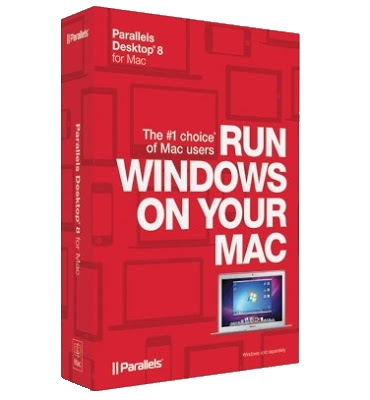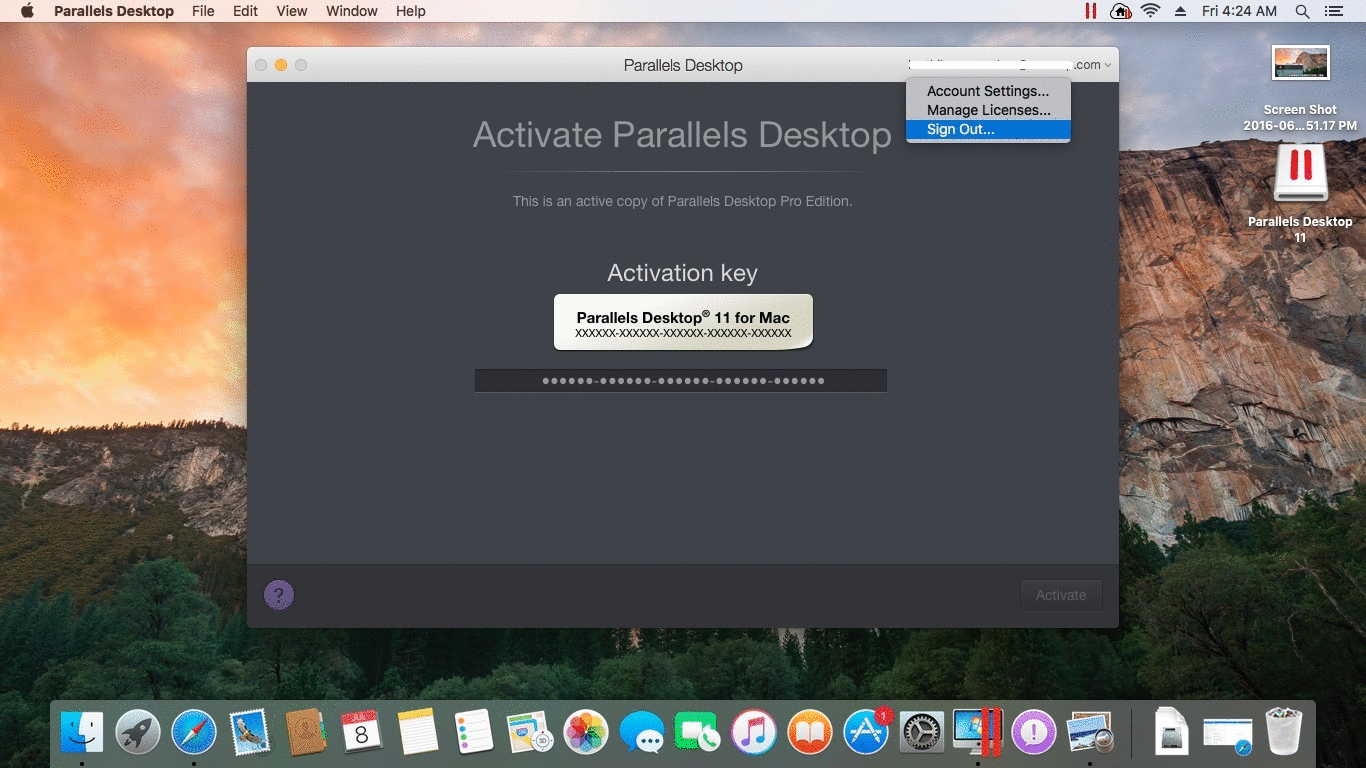

The 2021 update to Parallels Desktop has plenty to offer, despite upcoming competition from Microsoft's Windows 365 cloud PC service. Parallels Desktop 17: Improved performance, plus Windows 11 and MacOS Monterey compatibility Click the big blue download button and download your copy. Once you're signed up, go to the Insider Preview page for Windows for Arm. Basically, you have to join the Windows Insider Preview program. Parallels provides a guide for downloading Windows for Arm. Are you starting to see the messy? If not, just follow along. It exists as a developer preview version. The gotcha is that there is no publicly sold and shipping Windows for Arm. You can't use whatever Intel-based Windows 10 image or disk you happen to have lying around. There will come a time when you need to give it a Windows image file, and that's where things get interesting.
#PARALLELS DESKTOP 8 FOR MAC LICENSE INSTALL#
You go through the install process, which is pretty similar to most other Mac install procedures. Parallels sent me a one year license, so that's what I used. There's a trial version, so you might want to tinker with that initially to see if you like it. See also: Migrating to M1 Macs: How I'm upgrading my small fleet of older Apple desktops and laptops. See also: I don't care what you say about the M1: the 2018 Intel Mac mini is still a beast. See also: Migrating from Intel iMac to M1 MacBook Air: My five-day journey.

Getting there is a bit messy, but it works. I won't bury the lede: It does run Intel apps. I put it to the test on my M1 MacBook Air. Would it run classic Intel-based Windows apps, or would it just be a version of Windows devoid of most of Windows enormous library of Intel-based software? This week, I got my hands on Parallels Desktop 17. Even then, expectations were low because, as ZDNet reported, Microsoft's license doesn't support running Windows for Arm on Macs. Expectations, however, were that the M1 Parallels implementation might run Windows for Arm but not Intel Windows applications. When the M1 Macs came out, Parallels announced it could port their virtualization software to Apple Silicon. I found the ability to switch between Windows Excel and PowerPoint (which still, to this day, have some features not found on the Mac) and my Mac-based graphics and video applications to be a huge win. I've been running various versions of the Parallels virtualization solution on my Intel Macs since I repurchased my 2013 iMac in the day. Ukrainian developers share stories from the war zoneĪpple's Mac lineup can be confusing as the company transitions from Intel processors to its own Apple Silicon processors. The best Wi-Fi router for your home office 3G shutdown is underway: Check your devices now


 0 kommentar(er)
0 kommentar(er)
